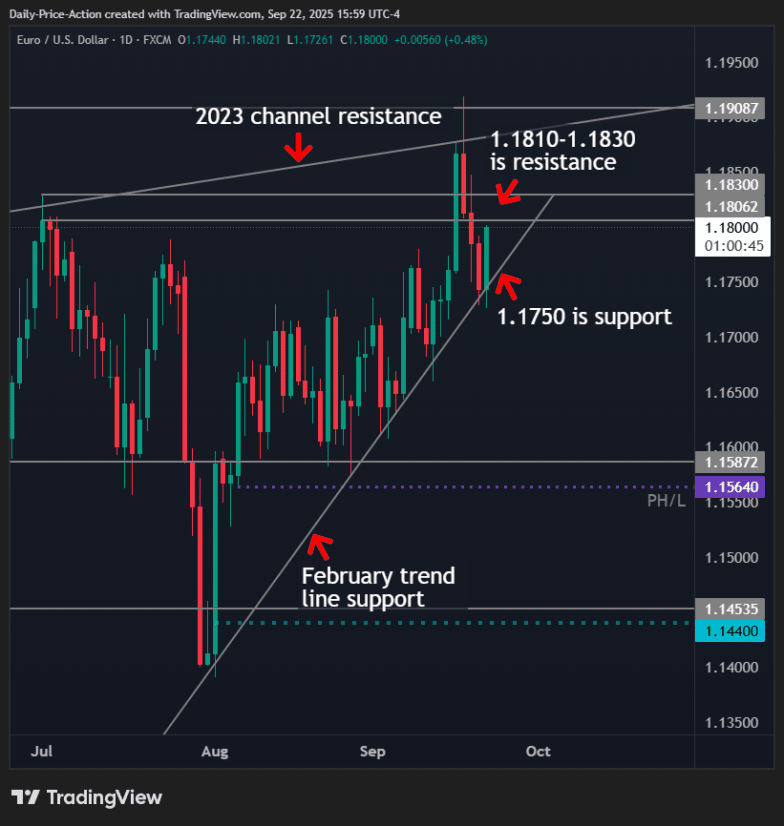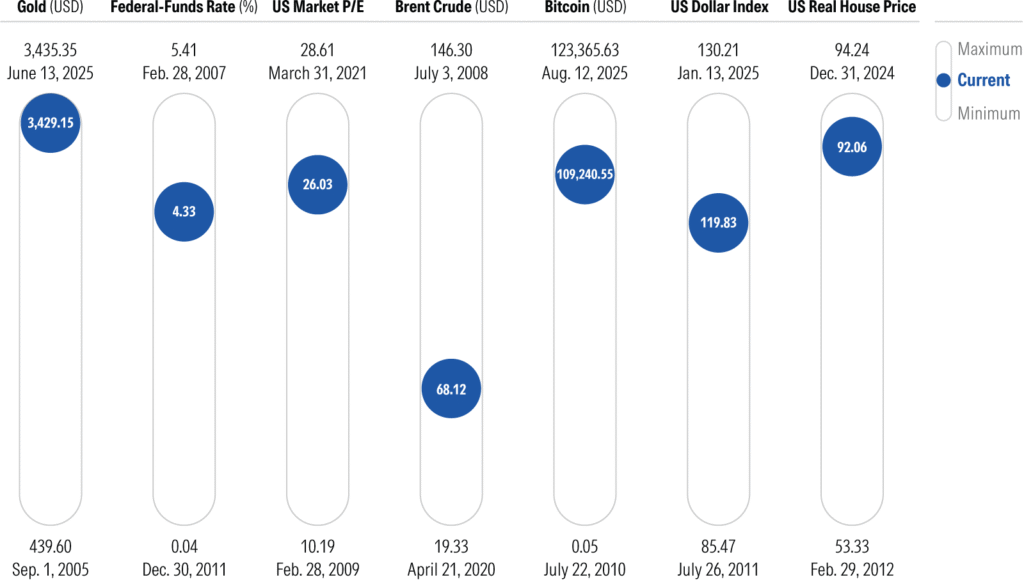Sam Altman, CEO of OpenAI (L), and Jensen Huang CEO of Nvidia.
Reuters
ABILENE, Texas – Sam Altman had a deadline. OpenAI’s CEO was headed to Texas to unveil his company’s next big infrastructure push, and Nvidia CEO Jensen Huang wanted in on the action.
Through a series of hurried negotiations, late-night calls and last-minute contract tweaks, the two giants of artificial intelligence struck a $100 billion partnership on Monday, hours before Altman boarded his flight to Abilene, a city of about 130,000 residents roughly 180 miles west of Dallas.
It helped that Huang and Altman had been part of President Donald Trump’s state visit to the U.K. a week earlier, allowing the president to be briefed on the agreement days in advance.
The deal, which Huang described to CNBC as “monumental in size,” marks a watershed moment in the tech industry, as capital and influence are increasingly concentrated in the hands of the two companies closest to the heart of the artificial intelligence boom.
Huang now presides over the world’s most valuable public company, worth nearly $4.5 trillion after gaining $170 billion following Monday’s announcement, while Altman runs the most prominent startup on the planet, valued at half a trillion dollars.
OpenAI’s ascent to the forefront of generative AI has relied on Nvidia’s high-powered graphics processing units (GPUs). Now the companies are more intimately linked than ever, as they plan to carve a path to jointly building the next wave of AI supercomputing facilities.
“You should expect a lot from us in the coming months,” Altman told CNBC’s Jon Fortt in an interview at Nvidia’s Silicon Valley headquarters on Monday. “There are three things that OpenAI has to do well: we have to do great AI research, we have to make these products people want to use, and we have to figure out how to do this unprecedented infrastructure challenge.”
Altman and Huang negotiated their pact largely through a mix of virtual discussions and one-on-one meetings in London, San Francisco, and Washington, D.C., with no bankers involved, according to people close to the talks who declined to be named because they weren’t authorized to speak publicly on the matter.
The arrangement calls for Nvidia to invest $10 billion at a time in OpenAI, the company behind ChatGPT. As the buildout unfolds, Nvidia will also supply the cutting-edge processors powering a host of new data centers.
While OpenAI gets more intimate with Nvidia, it has to maneuver through a number of high-stakes relationships with other key partners.
OpenAI only informed Microsoft, its principal shareholder and primary cloud provider, a day before the deal was signed, the people familiar with the matter said. Earlier this year, Microsoft lost its status as OpenAI’s exclusive provider of computing capacity.
The pact also comes less than two weeks after a disclosure from Oracle indicated that OpenAI agreed to spend $300 billion in computing power with the company over about five years, starting in 2027. At the start of the year, OpenAI joined Stargate, a multibillion-dollar project announced by President Trump and backed by Oracle and SoftBank, to build out next-generation AI infrastructure.
Going forward, all of OpenAI’s infrastructure projects will fall under the Stargate umbrella.
Representatives from Microsoft, Oracle and SoftBank didn’t immediately respond to requests for comment.
Nvidia and OpenAI provided scant details about where and when the buildout will take place, other than to say that the first of the 10 gigawatt sites will go online in the back half of next year.
Executives said they’ve reviewed between 700 and 800 potential locations since unveiling Stargate in January. In the months that followed, they fielded a flood of proposals from developers across North America offering land, power, and facilities. That list has been narrowed as OpenAI weighs energy availability, permitting timelines, and financing terms, the company said.
In Monday’s announcement, OpenAI described Nvidia as a “preferred” partner. But executives told CNBC that it’s not an exclusive relationship, and the company is continuing to work with large cloud companies and other chipmakers to avoid being locked in to a single vendor.
OpenAI CEO Sam Altman and Nvidia CEO, Jensen Huang arrive to attend the State Banquet during U.S. President Donald Trump’s state visit, at Windsor Castle, in Windsor, Britain, September 17, 2025.
Phil Noble | Reuters
For Nvidia, the investment in OpenAI is historic in size, but it’s just a big piece of a rapidly expanding portfolio.
Last week, Nvidia put $5 billion into Intel as part of a joint venture to co-develop data center and PC chips with the troubled chipmaker. Nvidia also said it invested close to $700 million in U.K. data center startup Nscale, a move that resembles Nvidia’s backing of U.S. AI infrastructure provider CoreWeave, which held its IPO in March.
Tranches of money
The financing structure for the OpenAI deal is designed to avoid hefty dilution. The initial $10 billion tranche is locked in at a $500 billion valuation and expected to close within a month or so once the transaction has been finalized, people familiar with the matter said. Nine successive $10 billion rounds are planned, each to be priced at the company’s then-current valuation as new capacity comes online, they said.
The relationship between Nvidia and OpenAI long predates the launch of ChatGPT in 2022.
Back when OpenAI was still a small nonprofit research lab and Nvidia was best known for building graphics chips for video games, Huang personally delivered his company’s first DGX supercomputer to OpenAI’s office in 2016. At the time, the startup was located in San Francisco’s Mission District, in a building that’s now home to Elon Musk’s xAI.
Almost a decade and trillions of dollars in value later, Huang and Altman are perhaps the most significant power players in the tech industry.
In October of last year, Nvidia formalized its financial stake in OpenAI, joining a $6.6 billion funding round that valued the company at $157 billion. A month later, in Tokyo, OpenAI executives met with SoftBank CEO Masayoshi Son to brainstorm what to call their next phase of expansion. Out of that session came “Stargate,” a codename that has since become shorthand for OpenAI’s most ambitious buildout plans.
Stargate now encompasses every major deal for compute capacity, including this week’s partnership with Nvidia. Securing the rights to the name required some careful maneuvering, but OpenAI has embraced it as the banner for its long-term infrastructure strategy.

The $100 billion commitment from Nvidia represents only part of what’s required for the planned 10-gigawatt buildout. OpenAI will lease Nvidia’s chips for deployment, but financing the broader effort will require other avenues. Executives have called equity the most expensive way to fund data centers, and they say the startup is preparing to take on debt to cover the remainder of the expansion.
As OpenAI’s compute necessities increase, a big question is where the company will host its workloads, which have to date been largely housed in Microsoft Azure. Taking the work in-house would push OpenAI closer to operating as a first-party cloud provider, a market led by Amazon Web Services, followed by Azure, Google and Oracle.
Executives have openly floated the idea, suggesting it may not be far off. Some even indicated to CNBC that a commercial cloud offering could emerge within a year or two, once OpenAI has secured enough compute to cover its own needs. For now, demand for training frontier models leaves little capacity to spare, but OpenAI isn’t done looking for new opportunities.
As Altman and Huang hammered out details of the arrangement that was announced this week, OpenAI’s infrastructure team was in Tokyo meeting with SoftBank’s Son to discuss broader financing and manufacturing support.
The parallel talks underscored the scale of Altman’s ambition, and the web of global players now involved in bringing it to life.






